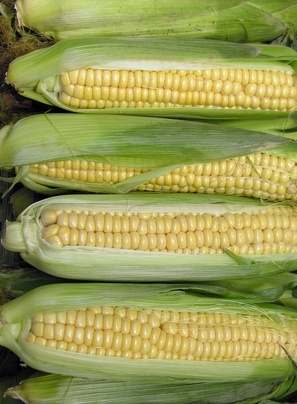
Making fuel from corn isn't a new science. It's been taking place since Prohibition, when corn was made into alcohol -- the drinking kind, not the driving kind. The first Model T Ford ran on the stuff, said S.W. Mathewson in "The Manual for the Home and Farm Production of Alcohol Fuel." Ethanol or ethyl or grain alcohol, as the fuel is called, can be made for a lot less than you can buy it at the pump, noted Mathewson. Fermented corn creates a high-performance, clean-burning fuel for gasoline engines. The process to make it is much like making wine or beer.
Get a "small fuel producer" permit from the United States Alcohol and Tobacco Tax and Trade Bureau before you buy any of the ethenol-making supplies, Mathewson stressed.
Break down the carbohydrates by grinding or crushing the corn between two large rocks, creating as fine a powder as possible.
Cook the flour, stirring often, with just a small amount of water --15 to 20 gallons per bushel, notes Mathewson.
Cool the mash, then put into the large plastic container. Fill it only about one-third full to allow for expansion.
Add a packet or two of activated yeast to the corn mash. The amount of yeast will be determined by the amount of corn mash. Consult with a wine-making retailer when buying your yeast to help you determine how much to use.
Check the sugar content of the corn, using a hydrometer, at the beginning of the process.
Cover the container with its lid, and let the corn mash-yeast mixture ferment for about a week. Check the sugar content each day, using the hydrometer. When the sugar content measures zero, the mash is called "beer," and is ready to distill.
Pour into the still, filling it only about three-quarters full.
Distill the liquid to separate the alcohol from the other liquids, by following the still manufacturer's instructions for distilling the fermented mash. Each still style requires different parameters.
Filter the alcohol through cheese cloth stretched over another container. Store in a certified "gas can."